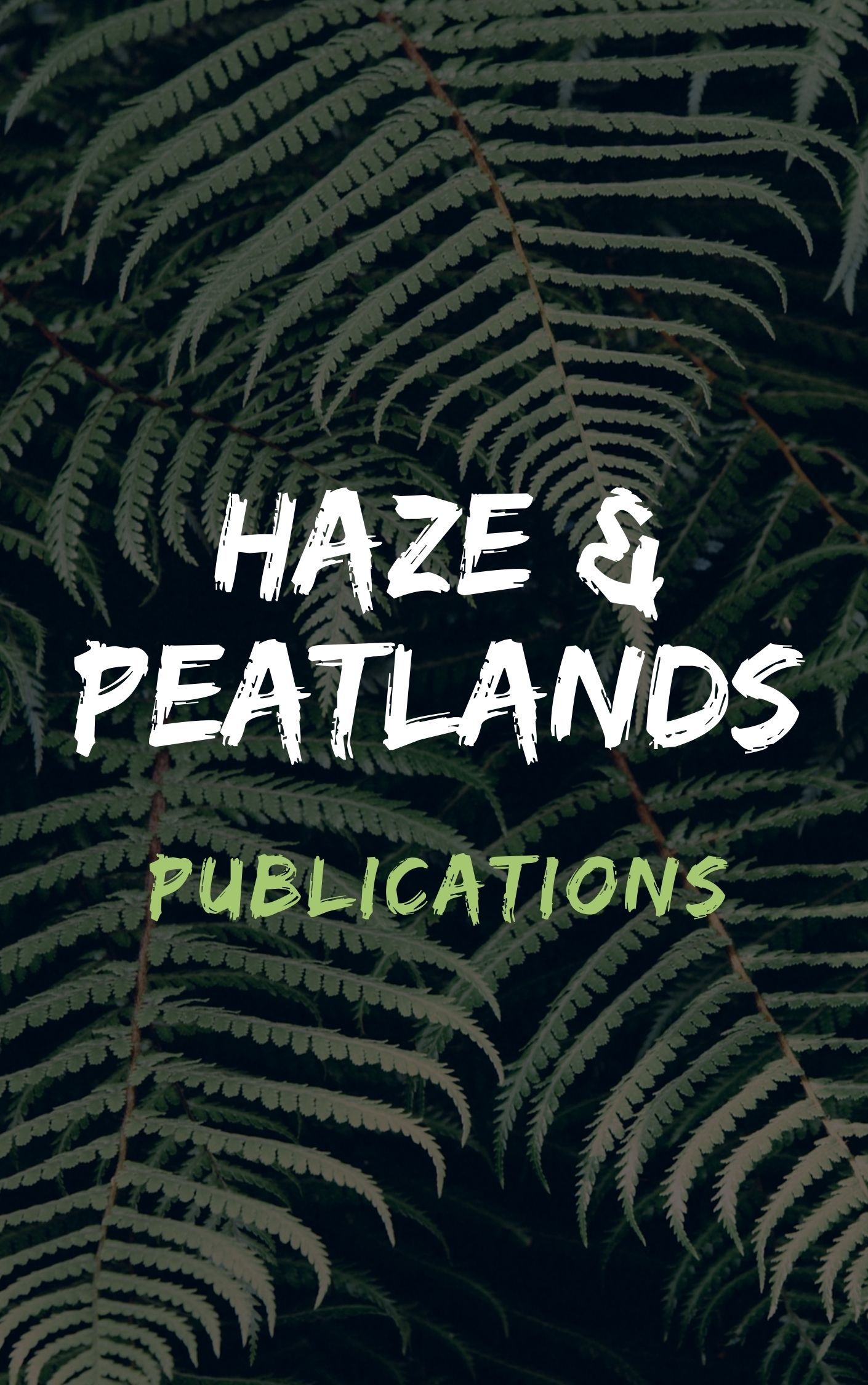Fires in Indonesia release excessive carbon and are exacerbated during drier El Niño years. The recent 2015 fires were affected by an extended drought caused by a strong El Niño event. This led to severe haze conditions across Southeast Asia, resulting in adverse socioeconomic and health impacts. Here, we evaluate the social and environmental factors that contributed to the 2015 extreme fires in Riau, Jambi and South Sumatra. We developed proxy variables for plausible drivers of fire which contribute either as a predisposing condition or as an ignition source for fires. We evaluated how these variables influenced fire count at an administrative regency-level and fire occurrence at a pixel-level (1 km 2 ). We used generalized linear mixed effect models to model fire count at the regency-level and boosted regression trees to model fire occurrence at the pixel-level. Rainfall, slope and population density were the most important variables predicting fires at both levels. Economic variables such as the proportion of small-scale (<10 ha) and medium-scale (10-100 ha) plantation landholdings, and the reported use of fires to clear agricultural lands in villages were important in explaining fire count at the regency-level. At the pixel-level, distance from roads and the number of recorded burns over peatlands were important in explaining fire occurrence. The main influence of rain on fires corroborates with previous studies, and highlights the importance of establishing an early warning system for droughts to better prevent and manage future extreme fire events. Mitigation efforts for future fires, especially during El Niño years, can focus on identifying high-risk areas using environmental data on rainfall, slope, peatlands, and previously burnt peat areas, as well as social data related to population density, access to roads, extents of small- and medium-plantation landholdings, and village-level propensity to burn land for agriculture. © 2019 The Author(s). Published by IOP Publishing Ltd.
View source

